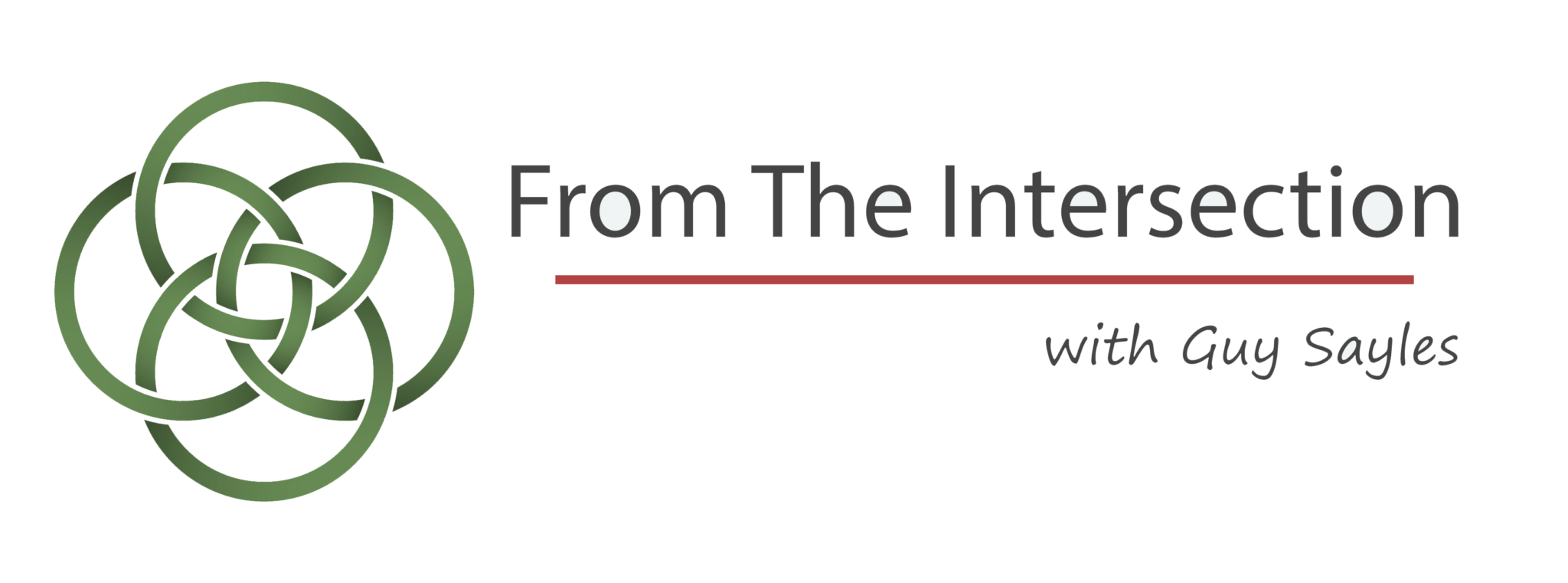
(This is longer than my usual posts; if I had time, I would make it shorter!)
Change is possible, but not if we try to do it on our own.
In an earlier post, I identified some of the factors which combine to make change more likely:
- emotional-spiritual energy from beyond ourselves, an energy often called grace;
- a magnetic vision of the change we hope for;
- wisdom about the ways change happens; and
- support from others.
What’s our vision of the kinds of change for which we hope? What images of our truest selves are drawing us toward them?
Nearly all of us feel tension, even conflict—between falser and truer selves. Maybe we call them, as the New Testament does, “old” and “new” selves. Perhaps we refer to them as “less authentic” and “more authentic,” or “broken” and “healed,” or “incomplete” and “whole” selves. Our language is unavoidably imprecise, because we’re trying to name an elusive experience: we’re aware of multiplicity and singularity. There is cacophony and harmony. I am many and one. So are you.
In “Wilderness,” Carl Sandburg said:
O, I got a zoo, I got a menagerie, inside my ribs, under my bony head, under my red-valve heart—and I got something else: it is a man-child heart, a woman-child heart: it is a father and mother and lover: it came from God-Knows-Where: it is going to God-Knows-Where—For I am the keeper of the zoo: I say yes and no: I sing and kill and work: I am a pal of the world: I came from the wilderness [Carl Sandburg, Cornhuskers (New York: Henry Holt and Company, 1918), 41-42.]
We are selves–the zoo—and self–the keeper of the zoo. We’re a committee, but it has a chair (even if the chair rotates frequently!), or a team with a coach, or a drama with roles and parts brought to the stage by scriptwriter-director.
Change often depends on our realizing that the zoo needs a new keeper, one who knows how to make the lion lie down with the lamb; the committee needs a wiser and more compassionate chair; the team needs a different coach, one who sees more clearly the strengths and weaknesses of each team member; and the drama needs a better script and a more creative director.
It’s impossible to know what a better script would be and what kind of director we would need without an idea of the story we’re meant to live—to enact and to tell in the extraordinary ordinariness of everyday life. We can’t appoint the right chair of the committee unless we know its purpose and we can’t name the best coach until we know the game we’re playing. We need a vision of who we most truly are and who, with the energy of grace, the efforts of wise practice, and the tender-tenacious encouragement of others, we may become. Like a magnet draws metal, that vision pulls us toward its realization.
How do we see that vision?
Nearly all of us have some intuitions about our potential. Those intuitions rise-up in us in response to the interests we have; in the resonance of stories, songs, and works of art which inspire and linger with us; in the inspiration we take from people whose example we respect and whose commitments challenges us; in the voice of conscience which injustice amplifies in us; and in the unexpected messages we hear when our defenses are down, perhaps when we are dreaming or walking beside the ocean or along a stream or in the woods. As we explore these intuitions, we discover aspects of our truer selves.
A vision of who we might become emerges also from our acknowledgement of our talents, gifts, and strengths. There are reliable clues about our identities in the things we do well, find pleasure in doing, and enhance our and others’ lives. It’s important to listen closely to the affirmations we receive from people who know us well. Sometimes, we see our best selves first in the gaze of one who has glimpsed a possibility hidden from us by our lack of confidence.
It’s especially crucial for us to pay attention to what brings us joy. Many of you will know Frederick Buechner’s wise words about discovering one’s calling: “By and large a good rule for finding out is this: the kind of work God usually calls you to is the kind of work (a) that you need most to do and (b) that the world most needs to have done. . . . The place God calls you to is the place where your deep gladness and the world’s deep hunger meet” (Wishful Thinking 118-119). Identity and calling are inseparable; who we are and what we are summoned to do are intertwined. Joy is integral to both.
Dante’s way of putting it was: “In God’s will is our peace,” which means at least this much: an abiding sense of inner harmony and “at-home-ness” with ourselves is a sure sign of that we have found God’s will for us. “God’s will for us” is another way of saying “the truest identity and surest purposes of our lives.”
I trust that there is a meeting-point, an intersection, of our most authentic selves and the dreams God has for us. When we catch glimpses of our best and brightest selves, we’re seeing what God sees in us and wants for and from us. Our cries for wholeness, peace, and joy are echoes of God’s yearnings for us. Our desires to know and be known, to love and be loved and to rise to our fullest potential reflect God’s longings for us. As Jesus said, “I have come that they might have life and have it abundantly” (John 10:10).
God is a humanist who yearns for the flourishing of all people and of creation. In Irenaeus’ luminous words, “The glory of God is a human being fully alive.” We glorify God when we are as vibrantly alive as possible. That vibrant aliveness courses in us and radiates from us with goodness and gladness.
Discover more from From The Intersection
Subscribe to get the latest posts sent to your email.


Thank you, Guy. You always say something that touches on what I need to hear (and I’m guessing others, too.) Winter blessings to you and yours.
Thank you so much, Karen! Blessings to you, too.